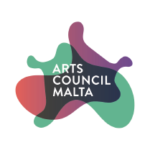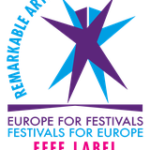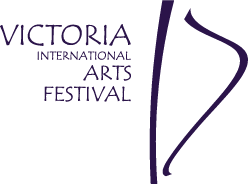A concert of Haydn’s English Songs and Conazonettas by L’État Libre de Neige
HAYDN’S ENGLISH SONGS AND CANZONETTAS
Haydn is much better known for his symphonies, string quartets, two oratorios and the cello and trumpet concertos.His opus was vast and riding high on his two triumphant tours to England, where he was lionised by society, he composed the bulk of his dozens of songs and canzonettas.
At first sight it seemed odd to have Haydn in the middle of a week of baroque music. Well, apart from good music being always worth following, a bit of an explanation to the perceived “incongruity” was clarified by harpsichordist Lars Henrik Johansen of the Norwegian ensemble L’État libre de Neige. They were in concert at St. George’s basilica for the third concert in the Board’s baroque week series.
Lars Henrik Johansen gave a few explanations as to the ensemble’s project and aims. The conclusion regarding musical periods remains unanswered. Dividing lines are precarious and nebulous. Haydn’s chamber vocal works were for just voice and keyboard accompaniment. While the harpsichord was still in use in the 1790s the piano was making fast inroads. The ensemble’s research and experiments resulted in adding strings: violin (Sigurd Imsen), cello (Tormod Dalen), doyble-bass (Roger Morland) and guitar (Ulrik Gaston Larsen), as well as a single flute played by Hans Olav Gorset.
Apart from excellently accompanying soprano Cathrine Bothner-By, most of the instrumentalists performed movements from two London piano trios and a sonata with typical elegance and Haydnesque wit. The soprano’s diction, unless my hearing needs seeing to, was not very clear especially early in the programme. The mood of the first few songs was rather morose and the soprano projected the mood well enough because it seems that the very quality of the voice lends itself to a kind of wailing which in the end I found a bit tiresome. A more lively song broke this sequence with happier results but it took too long before more relief came along quite close to programme’s end.
Albert George Storace





